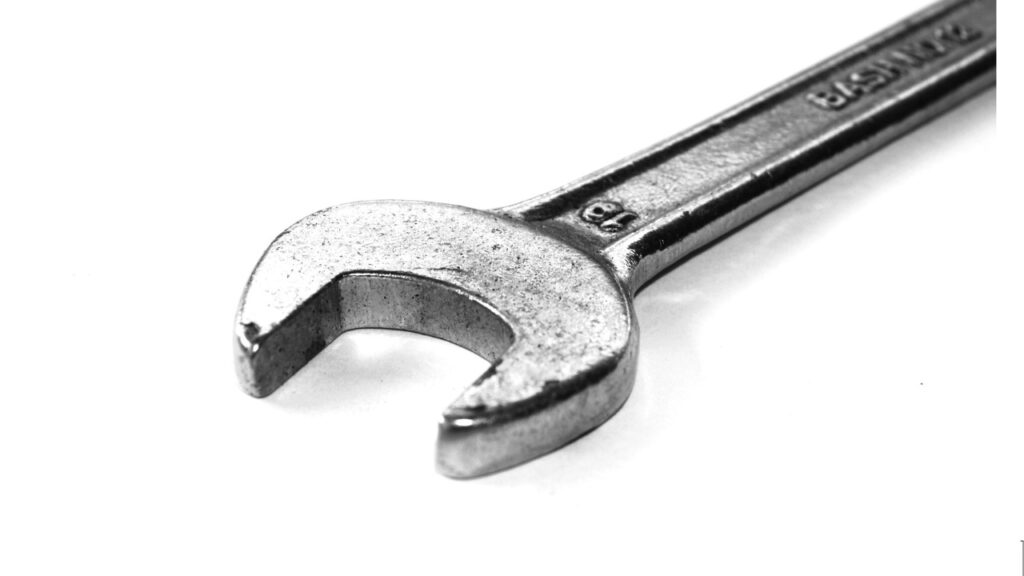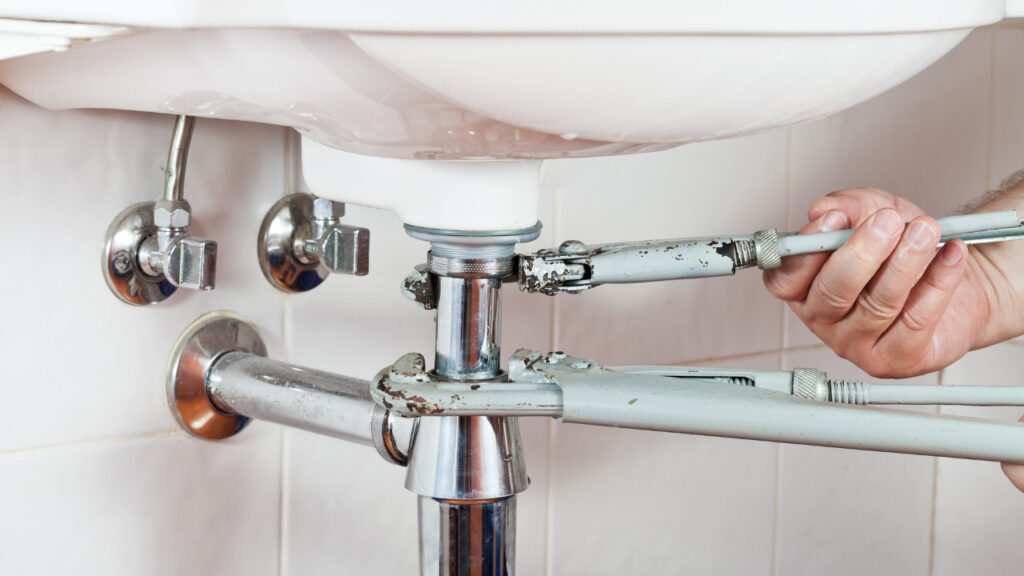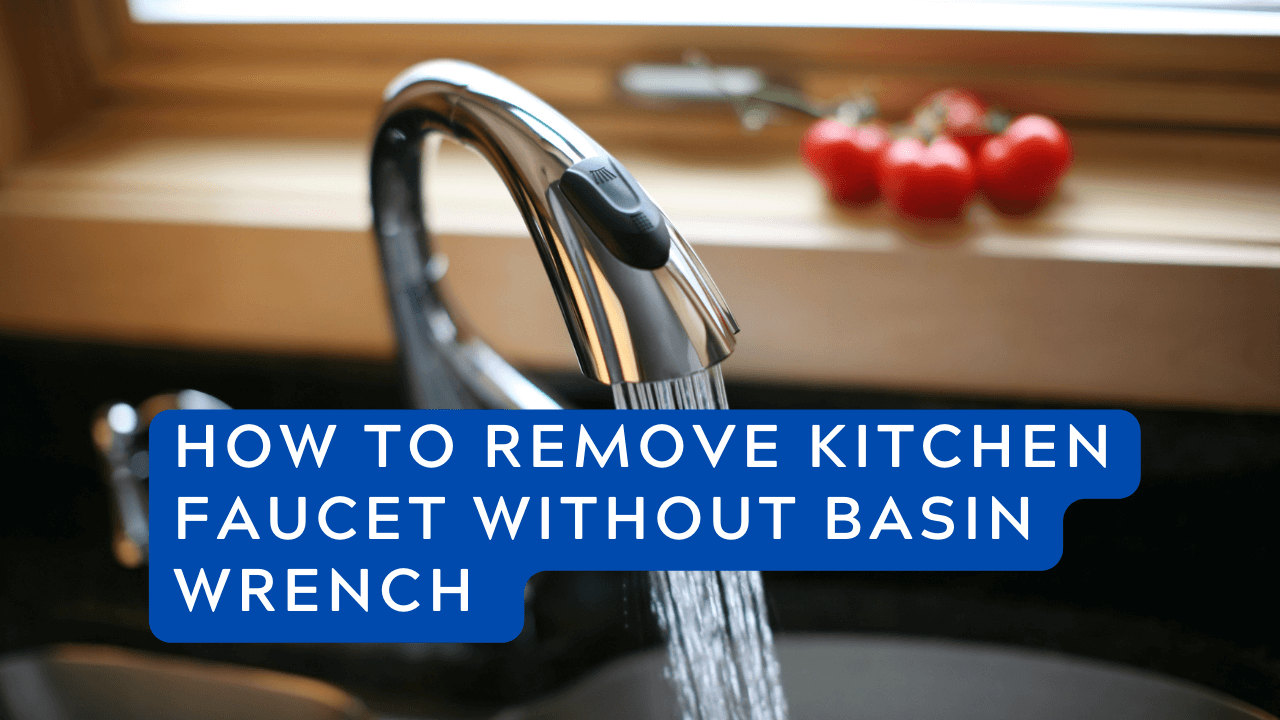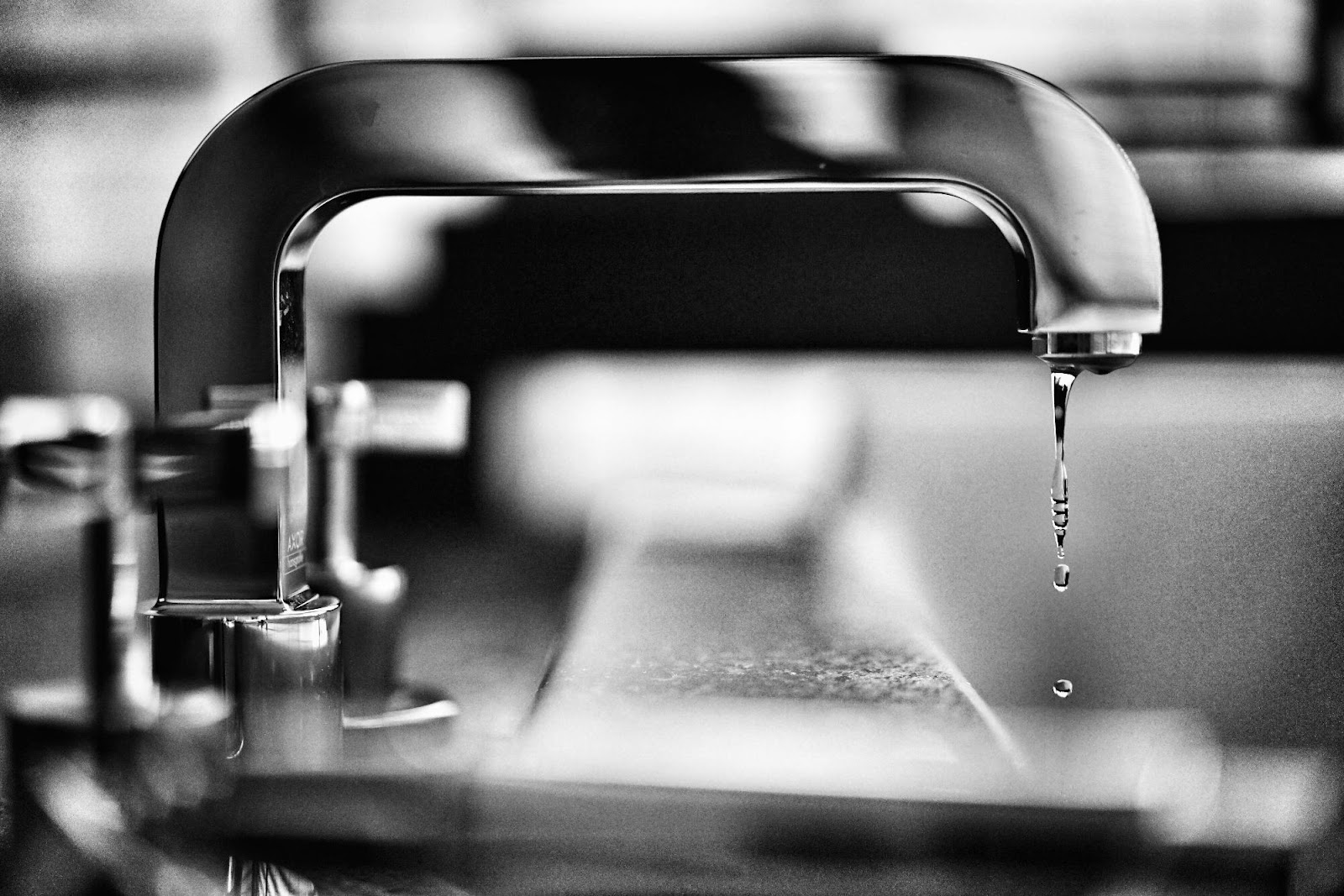Simple, affordable, and versatile – these are three characteristics that best define a basin wrench. Hence it is a must-have item for most DIY home remodeling projects. What if you don’t have a basin wrench and must change the kitchen faucet? If you know how to do it correctly, you can remove the kitchen faucet without using a basin wrench.
It’s preferable if you have a basin wrench, but if you don’t, how to remove the kitchen faucet without a basin wrench is not a problem.
There are various methods for removing kitchen faucets without using a basin wrench, but some are easier. You’ll also need a few more tools, which you probably already have.
Table of Contents
What is a Basin Wrench

The long handle and spinning, self-adjusting, and gripping head of a basin wrench make it unique plumbing equipment. It is employed to reposition and loosen the mounting nuts of tap tailpieces. The tool can be used in confined locations where other tools can’t because of its design.
The device has a long shaft with a short claw head that is spring-loaded and tightens onto the nut as the shaft turns. The head could be rotated 180 degrees to position it for loosening or tightening nuts. A sliding T-bar at the shaft’s bottom end is leverage to turn the shaft.
No additional equipment is required to replace your tap. Just ensure your replacement tap is prepared to fix the kitchen sink leak before it becomes serious. If you don’t have a basin wrench at home, you could have a socket wrench in your toolbox.
A ratchet spanner is required, and you may also need screwdrivers, channel lock pliers, a clean towel, and water pump pliers. If you have a sink drain wrench, you can also use it.
Is it Possible to Remove the Kitchen Faucet Without Basin Wrench

Sure. But, let’s face it, a basin wrench would make loosening and tightening the kitchen faucet easy and convenient. Without a basin wrench, you can fix the faucet.
A basin wrench is a one-of-a-kind plumbing instrument. It’s also referred to as a sink wrench. You can use it to turn fasteners in a small place or at a difficult angle. The basin wrench is designed to fit into tight locations, such as behind your sink. It loosens and tightens the kitchen faucet’s mounting nuts.
This tool has a grasping head that pivots and is securely attached to the end of a long handle. To fit into tight locations like the one behind your sink, the basin wrench is designed specifically for that purpose. On the kitchen tap, it loosens and tightens mounting bolts.
Hence, imagine that you need to repair your kitchen faucet but don’t have a basin wrench. Without a properly functioning tap, cooking can become laborious and difficult, especially if only one is in the kitchen.
Steps to Remove Kitchen Faucet Without Basin Wrench
Most individuals do not know how to remove a kitchen faucet without a basin wrench. Little do people know that they can even fix outdoor kitchen faucet too but choose to hire a plumber when they can do it themselves.
1. Collect Tools And Materials
The necessary tools to remove the kitchen faucet without a basin wrench are:
- An adjustable wrench
- Screwdriver
- Gauge tape
- Grease
- Socket wrench
- Chanel-lock pliers
2. Turn Off Cold And Hot Valves
After gathering all the necessary supplies, you may begin the removal process. A faucet usually has a cold and hot valve beneath the sink or cabinet.
Water may flow from inside the faucet while disassembled, so shut off the valves to stop the flow. Before removing the faucet or sink from your kitchen, have a bucket below it.
It will assist in removing any remaining water that may drip into your kitchen floor and cause damage to the region.
3. Removing Air Pressure In The Water
Remove any pressure that may have built up inside the faucet. It could have a lot of air pressure even if there isn’t any water in the faucet. By opening the faucet, you can let the air out.
Keep the faucet open for a few minutes after that. The air pressure will be released in the interim, making it easier to work. The faucet will be light and easy to remove once the air pressure has been removed.
4. Remove Water Lines
You’ll need to turn off the water supply to the kitchen faucet at this point. We prefer channel lock pliers in this situation.
Select your channel lock pliers and secure them to the water line in your kitchen. After that, carefully remove them. One thing to remember is to use caution when handling the pliers when connecting to the waterline. You will harm your kitchen faucet and water line if you are not careful when executing the operation.
5. Disconnect The Nuts
You’ll need to remove the screws once you’ve properly separated the nuts or screws from the kitchen faucet. The socket wrench can be used to remove the nuts. Connect the wrench to the screw and turn it counterclockwise to remove the screws individually.
However, the nuts may sometimes be excessively securely fastened to the faucet. This will happen if the screws haven’t been maintained or replaced for a long period.
To soften the nut joints in this scenario, apply grease. The nuts should then be removed using the multifunctional socket wrench.
6. Disconnect The Hose
After completing all the steps, remove all the screws securing the faucet and disconnect the hose. To remove the faucet, detach it from the sink and pull it out. If you can, you’ve successfully removed your kitchen faucet without using a basin wrench.
If you notice any flaws, you need to repair them before reusing them. You might also make a new one. If you want to use the old one, remove the debris from the faucet with water and a clean towel.
Remove all debris and grime from the faucet and clean it with a soft brush or cleaning pad bathed in warm water mixed with dish soap if it’s dirty. Rust and mineral deposits can be removed using vinegar.
7. Maintain Your Kitchen Faucet
A kitchen tap usually gets very little attention especially when you have to clean sink disposal. You may save money, time, and energy by caring for and maintaining your kitchen tap too equally. Your tap would endure a long time and operate well.
Make it a practice to clean your tap every day, particularly after each usage. Use a gentler cleaner and a moist towel. Then use a fresh, soft cloth to dry. Before using a cleaner on a tap, always read the label.
Remember that some cleaners might be overly strong and harm the finish on your tap. Furniture polish can help maintain the finish. Thus, some manufacturers advise using it. You may also test it out on your tap. You’ll have trouble keeping your tap in working order if the water in your neighborhood is hard.
Massive mineral deposits can be found in hard water. Hence, your tap may have a buildup of lime. In this instance, try to periodically clean and remove any potential lime deposits from your tap. Employ a window cleaning or gently abrasive scrub.
Final Thoughts
A basin wrench is believed to be a plumber’s best buddy; without one, you can’t get by. This isn’t to say there aren’t other options. Unless there’s a severe problem, you can usually solve it yourself with the minimal tools offered.
Following the steps discussed in this article, removing a kitchen faucet without a basin wrench is a breeze. This simple task will not necessitate the use of a plumber. Simply follow the instructions one by one to achieve a satisfactory result.





